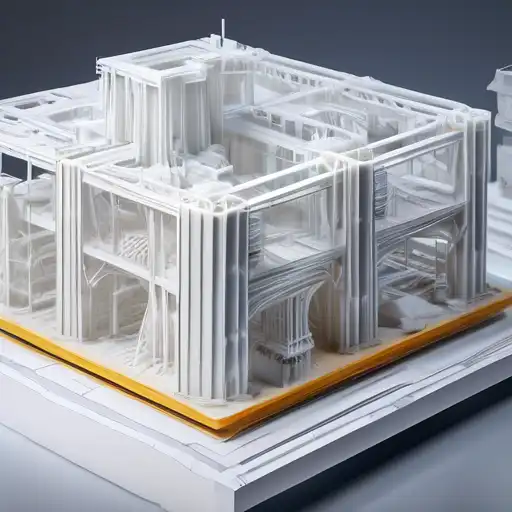Revolutionizing Construction: The Power of 3D Printing
The construction industry is on the brink of a revolution, thanks to the advent of 3D printing technology. This innovative approach to building is not only faster and more cost-effective but also opens up new possibilities for architectural design and sustainability. In this article, we delve into how 3D printing is shaping the future of construction.
What is 3D Printing in Construction?
3D printing in construction involves the use of large-scale printers to create buildings and structures layer by layer. This method can use a variety of materials, including concrete, plastic, and even recycled materials, offering a greener alternative to traditional construction methods.
Benefits of 3D Printing in Construction
- Speed: 3D printing can significantly reduce construction time, with some structures being completed in a matter of days.
- Cost-Effectiveness: By minimizing labor costs and material waste, 3D printing offers a more economical solution for building.
- Design Flexibility: This technology allows for complex and customized designs that would be difficult or impossible to achieve with conventional methods.
- Sustainability: 3D printing promotes the use of eco-friendly materials and reduces the carbon footprint associated with construction.
Challenges and Considerations
Despite its many advantages, 3D printing in construction faces several challenges. These include regulatory hurdles, the need for skilled operators, and the current limitations in the size and types of structures that can be printed. However, as the technology evolves, these obstacles are expected to diminish.
Real-World Applications
Around the globe, 3D printing is being used to construct everything from residential homes to commercial buildings and even bridges. Notable examples include the world's first 3D-printed office in Dubai and a 3D-printed pedestrian bridge in Spain. These projects highlight the potential of 3D printing to transform the construction industry.
The Future of 3D Printing in Construction
As technology advances, we can expect to see even more innovative applications of 3D printing in construction. From disaster relief housing to space habitats, the possibilities are endless. The key to widespread adoption will be overcoming current limitations and demonstrating the long-term benefits of this groundbreaking technology.
For more insights into the future of construction technology, check out our articles on sustainable building materials and the future of architecture.
3D printing in construction is not just a fleeting trend; it's a glimpse into the future of building. With its ability to reduce costs, save time, and minimize environmental impact, 3D printing is set to play a pivotal role in shaping the cities of tomorrow.
